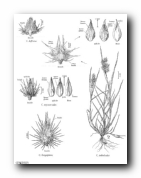
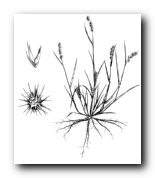
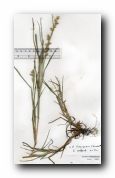
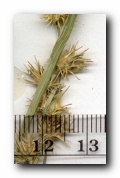
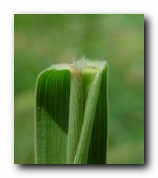
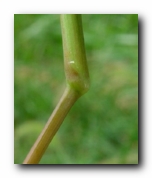
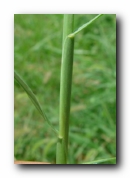
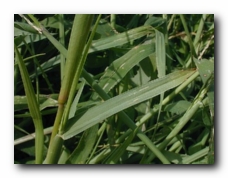
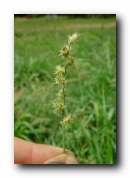
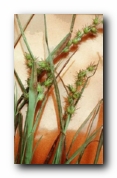
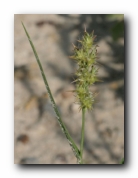
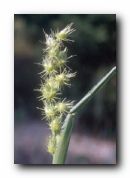
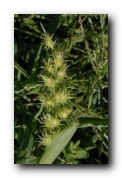
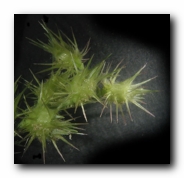
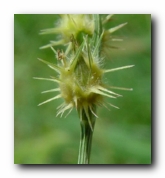
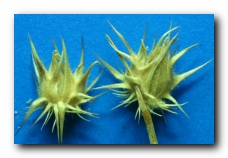
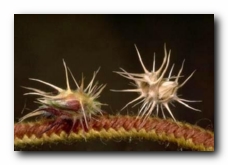
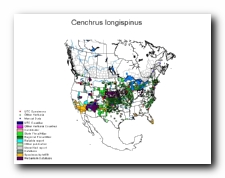
40" Rows:
Broadcast:
Sandy:
Loam:
Clay:
High
High
Moderate
Habit: Tufted, erect or decumbent annual, sometimes forming large mats. Culms: Spreading 20-90 cm. long, branching, flattened, scabrous or rarely pubescent below the racemes. Blades: Usually flat, 6-12 cm. long, 2-7 mm. wide, flat, sometimes folded, tapering from the base to the apex, smooth or rough. Sheaths: Mostly shorter than the internodes, pubescent along the margins, rarely throughout, usually loose, flattened, smooth. Ligule: Ciliate, about 1 mm. long. Inflorescence: Spikes terminal, 3-8 cm. long, sometimes partly included; involucres (burs) 6-20, each enclosing 2 spikelets, 3-6 mm. broad, excluding spines, pubescent; spines 3-4 mm. long, spreading or reflexed, flat, broadened at base. Spikelets: 5-7 mm. long, about 2 mm. wide, usually exserted beyond the involucre, usually 2 in an ovate or globose involucre, consisting of two thick hard valves, which are exteriorly armed with stout spines (modified sterile branchlets) at the base, the involucres articulated to the rachis and readily deciduous, carrying the persistent spikelets with them. Glumes: First small, not over one third the length of the spikelet, second glume and sterile lemma subequal, or the lemma nearly as long as the turgid acuminate fruit. Sterile lemma: With a hyaline palea; fertile lemma and palea, firm, falcate-acuminate, the lemma not inrolled at the margins. Fruit: Enclosed in the bur. Habitat: Sandy banks, flood plains, cultivated ground, and waste places, sometimes becoming a noxious weed. July-October. Remarks: The seeds germinate within the involucre. Synonyms: Cenchrus carolinianus Walt.
Special Notes: